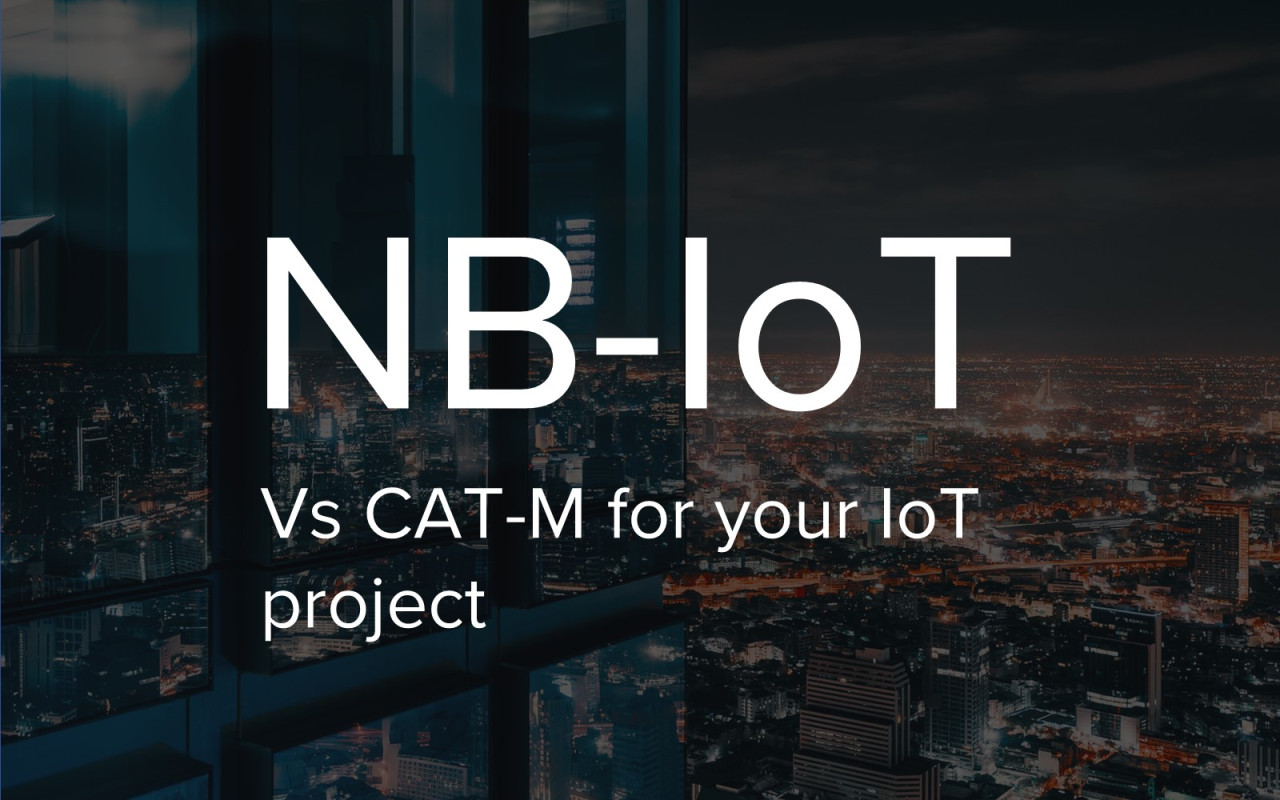-
IoT Knowledge Base
Learn the key concepts you need to know. Without the technical jargon.
-
IoT Reports & Guides
In-depth research, white-papers and guides from Pelion.
-
Blog Articles & News
The latest insights on industry trends, best practices, and Pelion announcements.
-
Events & Webinars
Upcoming events, online sessions, and expert-led webinars
-
About Us
Our mission, values, team, and the solutions we offer in the IoT space.
-
The Team
Meet our team behind Pelion's effortless connectivity.
-
Careers
Job opportunities, company culture, and the benefits of joining our team.
-
Sustainability
Our commitment to environmentally responsible practices.
-
Contact Support
-
Contact Us
- Blog Articles & News
- NB-IoT vs LTE-M (CAT-M) for your IoT project
NB-IoT vs LTE-M (CAT-M) for your IoT project
March 18, 2021 — 3 min read

What is NB-IoT?
NB-IoT is a standards-based LPWAN that enables a range of new IoT devices and services. In some cases, it reduces power consumption and improves system capacity and spectrum efficiency, especially in deep coverage, remote, and hard-to-reach locations.
NB-IoT also minimizes device complexity. The underlying technology is much simpler than GSM/GPRS and can co-exist with 2G, 3G, and 4G mobile networks. Today, cellular gateways are frequently used to aggregate data from many sensors and send that information to the server. NB-IoT devices, however, can send data directly, eliminating the need for a cellular gateway and the costs associated with it.
However, whilst NB-IoT can work well in the right use cases, it has lots of limitations. These limitations can be quite restrictive meaning that often other options such as LTE-M may be better fit, providing similar benefits but with greater flexibility...choose carefully!
The benefits of NB-IoT
The limitations of NB-IoT
There are several alternatives that may be better suited to provide the functionality required for your device’s specific use cases. Among the most common is LTE-M.
What about LTE-M (CAT-M)?
LTE-M is an alternative LPWAN technology also built to support a longer device lifespan. As with NB-IoT, by allowing the device to sleep when not in use, its battery can last for years. LTE-M can co-exist with 2G, 3G, and 4G and also deliver the benefits of mobile networks—mainly security and privacy features.
However, because LTE-M is compatible with the existing LTE network and uses existing LTE base stations, device mobility isn’t a problem. This could make it much better suited for some applications.
Unlike NB-IoT, LTE-M also allows for significantly higher data rates, which is important for more data-rich use cases. And bandwidth optimizations can be used to achieve the same in-building and rural coverage as NB-IoT. LTE Network compatibility also means new antennas aren’t required—carriers simply need to upload new software.
Overall, LTE-M provides more flexibility and scope whilst still being able to offer many of the benefits of NB-IoT.
When is NB-IoT the right choice?
Each IoT device has its own unique set of requirements. The connectivity option that’s perfect for one may be entirely wrong for another. The good news is, there are many to choose from. The first step is to ensure you have a thorough understanding of your requirements. NB-IoT might be a good option if your device:
While NarrowBand Internet of Things (NB-IoT) has been attracting a lot of hype as the leader in next-gen IoT connectivity and certainly has a lot of benefits, it is not the only option. There are several alternatives that might be better suited to your project including LTE-M and choosing the best one for your specific requirements can be tricky. If you need a little more information, we have written an overview of the other connectivity technologies which covers not only CAT-M but also several other popular connectivity options.